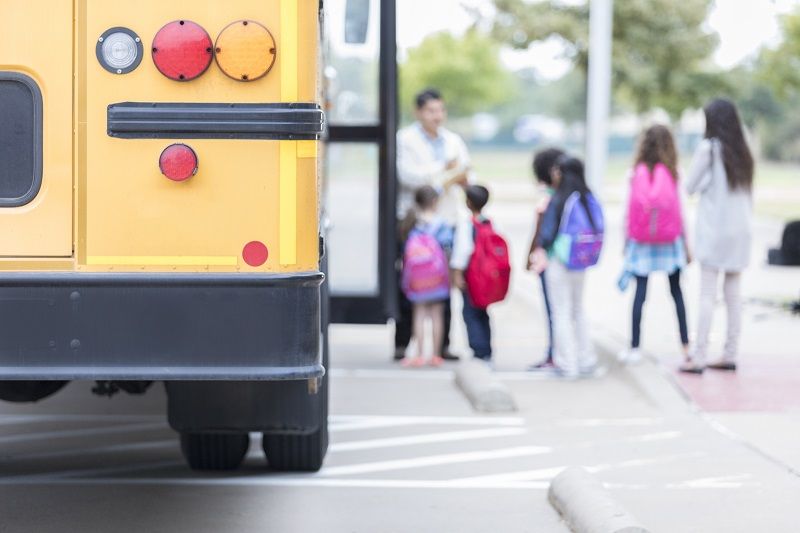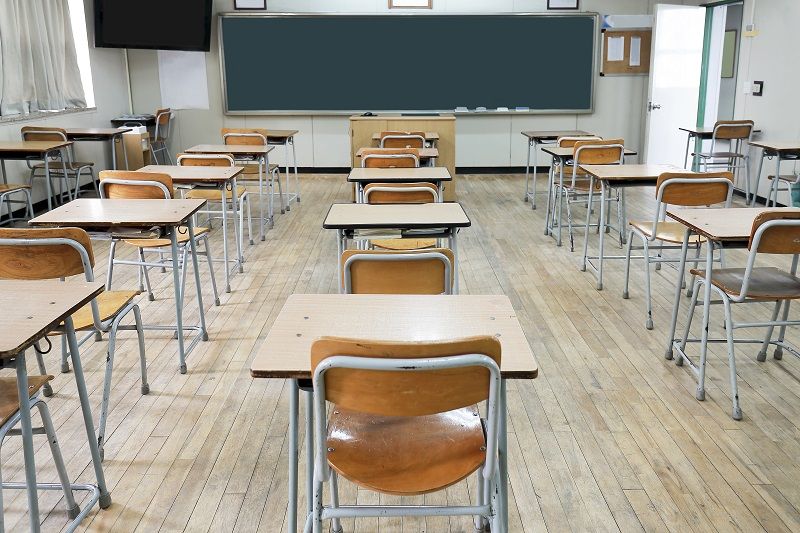By John A. Charles, Jr.
In early December, President Obama signed a bill that dismantles most of the No Child Left Behind Act (NCLB), the signature education legacy of former President George W. Bush.
According to the New York Times, the reform law will “restore authority for school performance and accountability to local districts and states after a lengthy period of aggressive federal involvement.”
Tennessee Senator Lamar Alexander, chair of the Senate Education Committee, stated that the repeal of NCLB “will unleash a flood of excitement and innovation and student achievement that we haven’t seen in a long time.”
Ironically, in 1991, when he was secretary of education under President Bush, Alexander flew out to Oregon to pay tribute to the passage of the Oregon Education Act for the 21st Century (OEA-21). The OEA-21 was the legacy of then-House Speaker Vera Katz, who described it as “revolutionary” and “necessary to the economic prosperity of the state.”
OEA-21 established the infamous CIM/CAM student progress standards that came to be hated by just about every teacher, student, and parent in Oregon. CIM/CAM requirements were euthanized by the Oregon legislature in 2007.
With the demise of two prominent education reform programs, there’s a lesson here for Oregon policymakers: Having the federal government micromanage K-12 education is a bad idea, but top-down planning by the state isn’t much better. Parents are the ones who need to be in charge of the decision making.
A new program enacted by Nevada last June is exactly what Oregon needs. The Nevada legislature approved a law establishing Educational Savings Accounts (ESAs) for all public school students, beginning January 1, 2016. ESAs are private accounts, managed by the state for parents, which allow students to create their own individualized educational programs.
When an ESA is established, 90 percent of the state funds that would have been spent on a student in a generic public school are placed in the ESA, where the money is drawn down in debit-card fashion by parents for various educational expenses, including private school tuition, online learning, tutors, or textbooks.
For 2016, a Nevada ESA will be worth about $5,100 for each student, or $5,700 for low-income students who will receive 100 percent of the state allocation. Therefore, every public school student will have the financial means to walk out of an underperforming school and pursue alternatives. This will immediately change the balance of power between parents and school administrators, creating an incentive for every public school to treat students as customers, not conscripts.
Most importantly, if ESA funds are not fully utilized by the end of the school year, the residual amount stays in the account, available for future use. This eliminates the dysfunctional “use it or lose it” imperative associated with most government programs.
Since 93 percent of all Nevada students are in public schools, they will immediately qualify for an ESA. Private school students can become eligible if they return to a public school for at least 100 consecutive days. All students entering kindergarten will be eligible and will never have to requalify, which means the Nevada program will have universal coverage for all students by 2027 at the latest.
On November 17, the Oregon Senate Education Committee held an informational hearing on the Nevada ESA program. Nevada Senator Scott Hammond participated via speakerphone. He provided an overview of the ESA law and answered questions from Oregon senators.
Education Committee Chair Arnie Roblan (D-Coos Bay) has not publicly said whether he will pursue similar legislation for Oregon, but the November hearing was a positive step forward. If there is legislative interest, we can use the 2016 interim as an opportunity to observe the Nevada rollout, learn from their experience, and craft a similar (or better) program for Oregon.
Now that Congress has helped clear the way by repealing the most onerous provisions of NCLB, this would be an excellent time to move beyond Utopian central-planning schemes and restore “consumer sovereignty” in learning with Educational Savings Accounts.
John A. Charles, Jr. is President and CEO of Cascade Policy Institute, Oregon’s free market public policy research organization. This article originally appeared in the December 2015 edition of the newsletter, “Oregon Transformation: Ideas for Growth and Change.”











